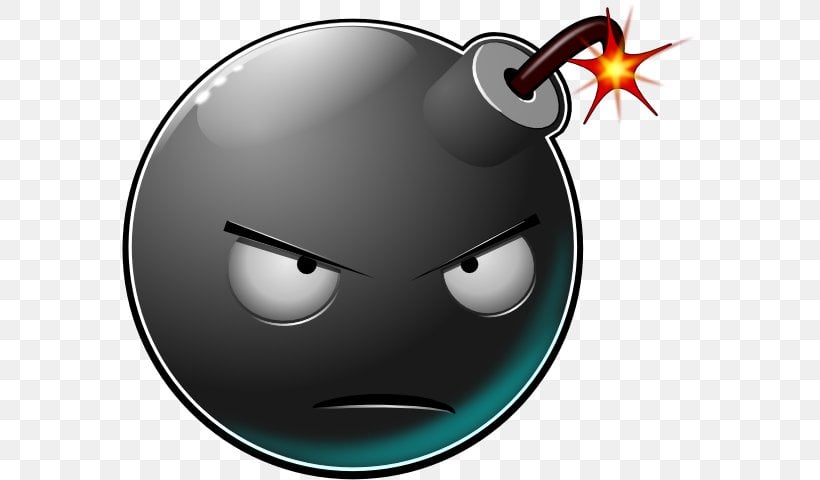This happens not really because of the gender of the person but because in Spanish things have genders: The moon is a she, the sun is a he, etc. and ChatGPT confuses that and the fact that in this context that distinction makes no sense.
Usually Spanish speaking non-binary people use also “no-binarie”, something that doesn’t exist in the language, for now at least, but wipes out the gender.
I’m not an expert, thought, just a native Spanish speaker.
the dick = la pinga, which is female
the pussy = el bollo, which is male
until next time, friends! 👋
Exactly! I would add that you can still use “no binario” or “no binaria” in a (somewhat) respectful manner. For instance, you can say “persona no binaria” (non binary person), “comunidad no binaria” (non binary community), because both nouns are feminine, you can use the feminine alteration of “no binario”. For masculine I would go with “su género es no binario” (its gender in non binary), since gender is masculine and “su” doesn’t imply any gender at all.
Again, not an expert just another fellow native Spanish speaker with a bit of a geekiness about languages.
Many Latinos refuse to use “e” when the “o” is already neutral. Better improve your Spanish grammar than changing it.
That was insightful. Thank you
This isn’t entirely true either. The adjective “binario” has to agree with the gender of what’s being talked about, either the grammatical gender of the noun or the natural gender of the person. A salient example could be the noun “piloto”. Just as adjectives inflect for gender so do pronouns, so you can say “el piloto” or “la piloto” depending on the natural gender of the person, and inflect adjectives accordingly. Grammatical gender and natural gender are both distict concepts that impact gender inflection in spanish.
When native English speakers complain that changing pronouns is too hard 🧐
man I have that issue but it’s not (just) me being an asshole I actually just suck at remembering that people have transitioned
Best move I ever made was leaving for college and coming back with tits. That shock stuck in my friends heads
Home-grown or store-bought?
“If you can’t grow your own, store bought is fine.”
Jerma PFP spotted, massive W
bruh has a -3 on their comment the people hate jerma
I wish it were that easy in German!
deleted by creator
I don’t know why you’re being down voted. As a Spanish speaker, it’s a definite limitation of the language. Where is the penis on a pen, or the vagina on a pencil? Not everything needs a gender, even if you take a firm stance on the existence of non-binary people.
yeah the inventors of language shoulda been more inclusive >:(
Wait till you guys find out what the B in LGBT stands for
Burger
Baseball.
I think most have changed to calling themselves pansexual.








